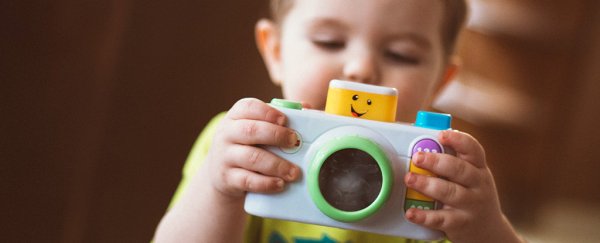In March last year, researchers at Rensselaer Polytechnic Institute in the US provided evidence that their method for diagnosing autism based on a simple blood test had huge potential.
Now a follow-up study that applies the test to children confirms the success of the original findings, bringing us one step closer to reliably detecting which infants have a high chance of developing the characteristics identified with the autism spectrum ( ASD).
The key to the test is an algorithm that takes into account the presence and concentration of dozens of chemicals in the blood that have been previously associated with autism.
While this algorithm had previously seen success in testing on just under 150 adults, the critical result would be if it could also be applied successfully to a much younger sample group.
"This is an approach that we would like to see move forward into clinical trials and ultimately into a commercially available test," says systems biologist and senior author, Juergen Hahn.
Exactly what causes autism to develop is still something of a mystery. There are clearly a number of genes involved, but how they interact with environmental factors to give rise to specific characteristics is the focus of a lot of ongoing research.
The ripple effects, however, seem to leave a fingerprint in the form of metabolites – altered chemicals – in the blood.
In previous research, the researchers discovered that by mapping the levels of 24 such chemicals related to two biochemical pathways connected with autism, they could identify which adults in a group had a diagnosis of ASD with a near-perfect accuracy.
To progress toward a more predictive test, the team worked with groups of children from existing studies that included data on those all-important metabolites. In the end they found 154 children aged from 2 to 17 years, and the results are in.
"We are able to predict with 88 percent accuracy whether children have autism," Hahn explained.
This was a drop from their previous result of 97.6 percent accuracy, but still impressive. Future tests will hopefully improve the algorithm while improving that accuracy for even younger children.
An early diagnosis is important to help people with ASD develop skills that will help them meet the challenges posed by their unique brains - such difficulties involve processing sensations and finding it challenging to socialise.
And the availability of such a test is becoming all the more important, since rates of autism seem to be on the rise - though all indications point to this happening because of improvements in awareness and diagnosis.
ASD traits aren't always easy to spot. They also take time to become obvious – at least several years – delaying possible avenues for assistance until a child is at least three to four years of age.
Attempts have been made to find ways to collect evidence of autism in babies and toddlers, by studying brain scans or even watching for certain eye movements.
But if we have a cheap, minimally invasive blood test to detect ASD, it will be a massive step towards improving the diagnosis.
This research was published in Bioengineering & Translational Medicine.
